Detailed Report On Salt Manufacturing
Salt Manufacturing involves extracting salt from sources like sea water or mines through processes like evaporation and crystallization. It serves as a crucial ingredient in various industries and daily life applications.
Introduction
Detailed Report on Salt Manufacturing is as follows.
The process of producing salt, also known as salt production or salt-making, involves extracting salt from natural sources such as salt mines or evaporating salt water or brine. Mining activities such as drilling, blasting, and extraction are used to extract salt from mines, which is then crushed and purified to eliminate impurities. To produce salt from saltwater or brine, the water is collected in shallow ponds or pans, and evaporation is helped by solar radiation, resulting in salt crystals.
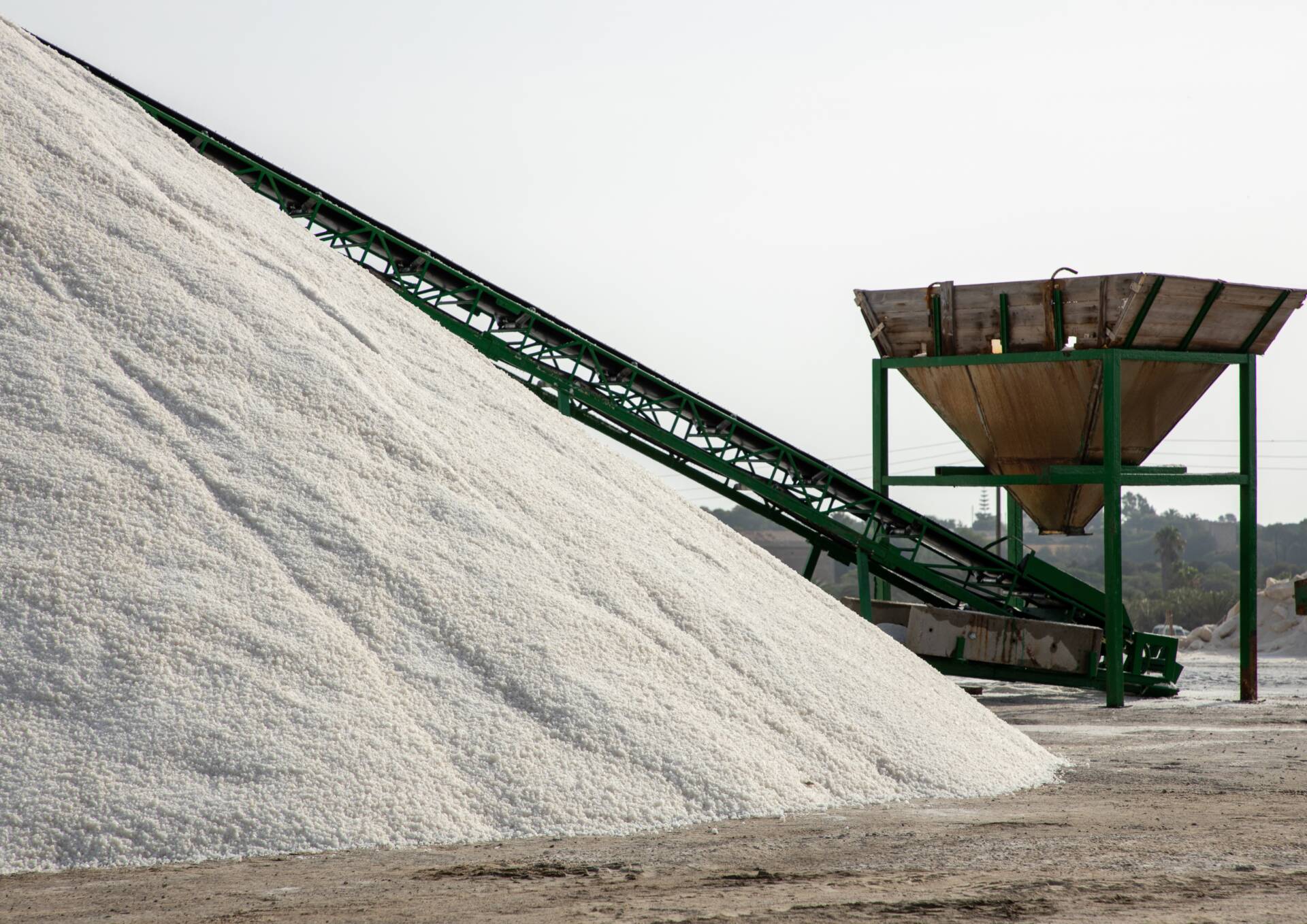
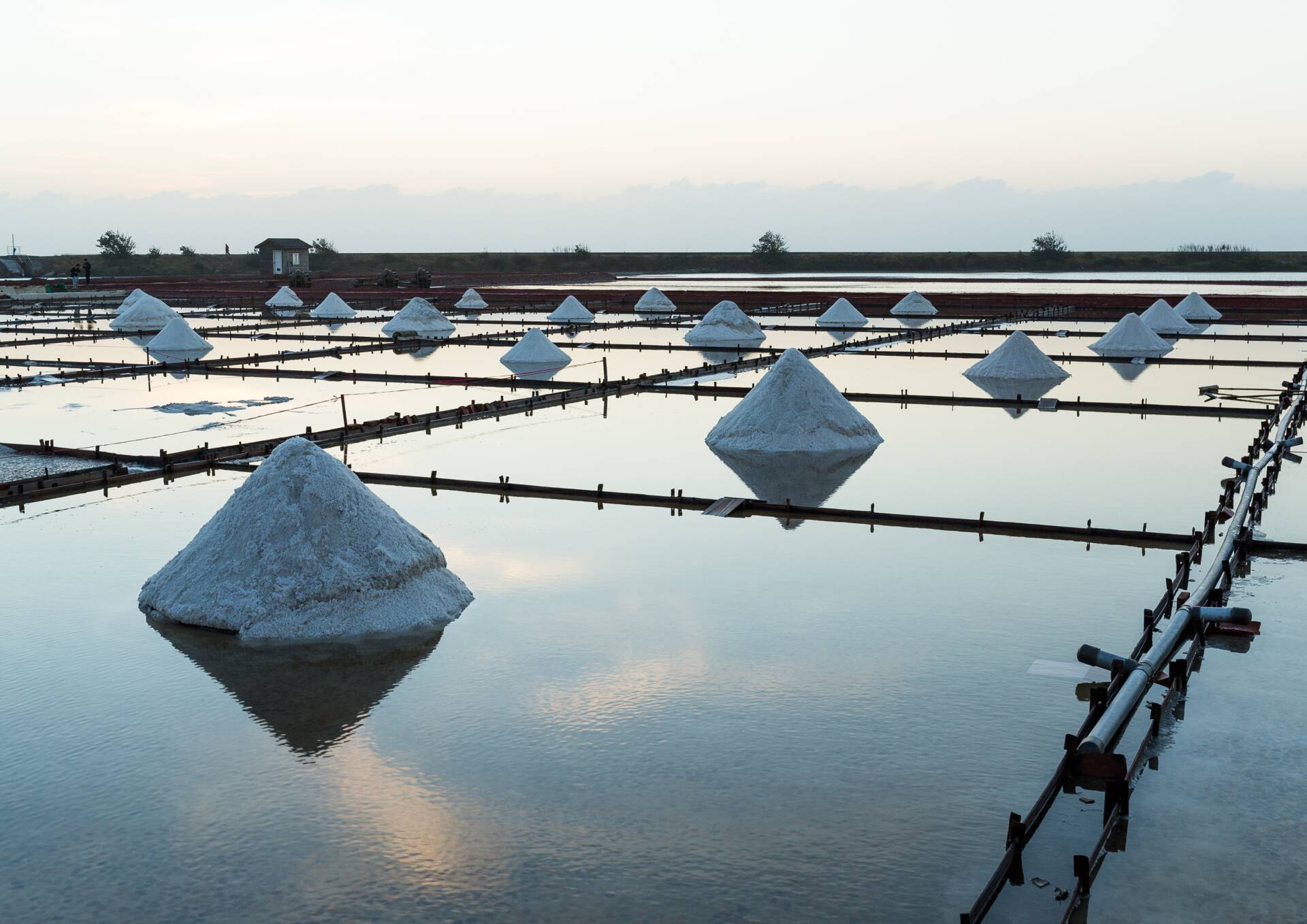
The salt crystals are then collected, rinsed, and refined to achieve the desired quality and purity. Additional operations such as iodization, anti-caking treatment, or flavoring addition may occur before packing for distribution and consumption, depending on the type of salt desired. The approach aims to create salt in a number of forms, including table salt, kosher salt, sea salt, and more while fulfilling industrial and dietary requirements.
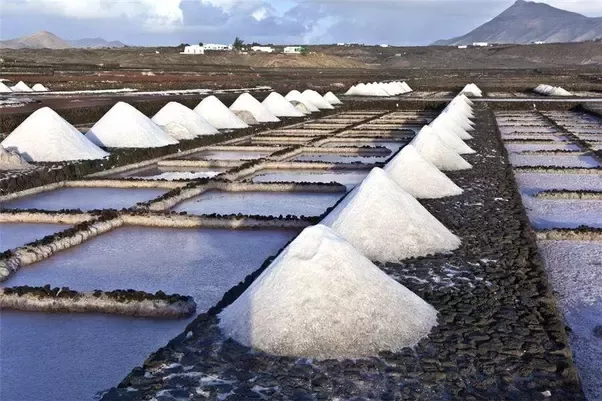
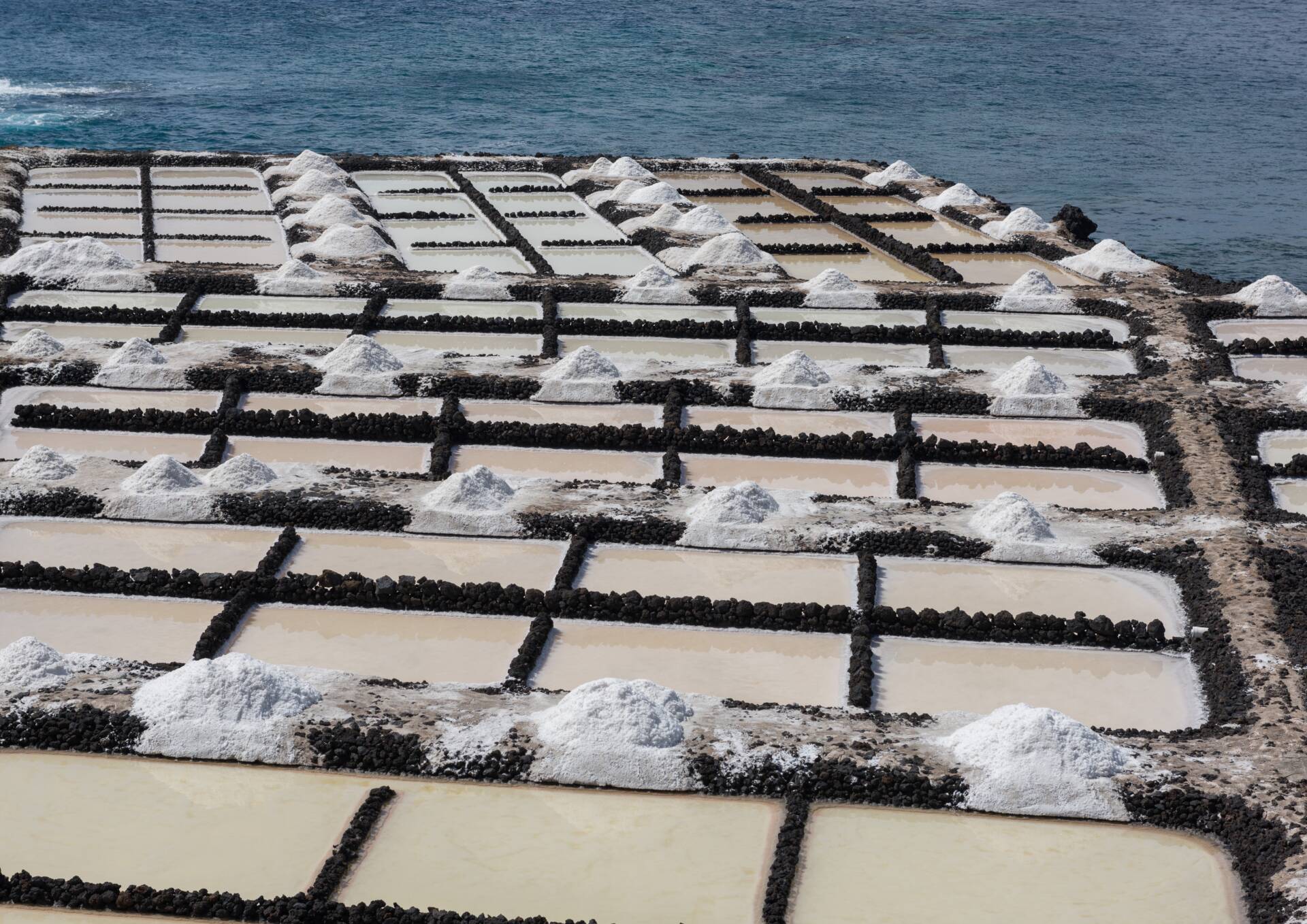
Salt is required in the food industry, manufacturing, and the production of medications and chemicals. Salt is produced by solution mining or sun evaporation in salt lakes. The grade of salt and, as a result, its location will alter depending on how it is processed. Sodium chloride (NaCI) is a transparent cubic crystal material that is commonly referred to as salt. Salt and its converted forms, such as chlorine, caustic, and soda ash, are used in a variety of sectors, including petrochemical refining, petrochemistry, organic synthesis, bulk medicine, and pharmaceutical manufacture. Salt, a basic mineral, performs a wide range of critical roles in a wide range of fields. Salt enriches flavors, balances tastes, and preserves foods through the process of osmosis. It is utilized outside of the kitchen in chemical operations, water treatment, and the manufacture of a range of goods such as detergents and plastics. with medicine, saline solutions are used to aid with wound cleansing and intravenous therapy.
Detailed Report Sample On Salt Manufacturing
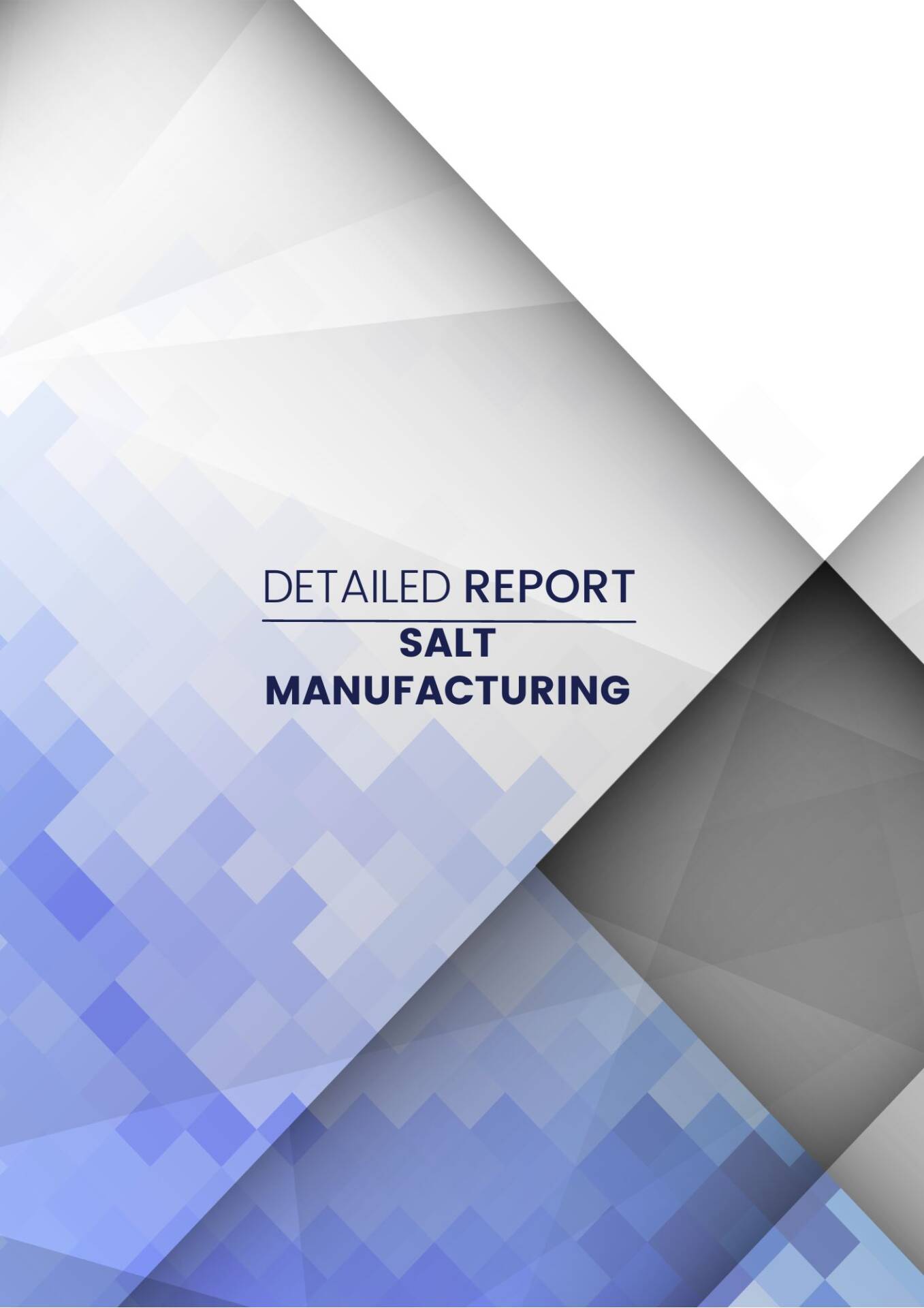


Market Potential Of Salt Manufacturing
The market for manufacturing industrial salts is anticipated to grow from a size estimated at USD 15.3 billion in 2021 to USD 26.8 billion by 2030, at a compound annual growth rate (CAGR) of 6.43%.
The demand for industrial salt is expected to rise in the coming years due to the widespread production of caustic soda and chlorine. The product’s demand is expected to rise in the coming years because it is used by so many industries. Industrial salts are primarily used for agricultural chemical processing and water treatment.
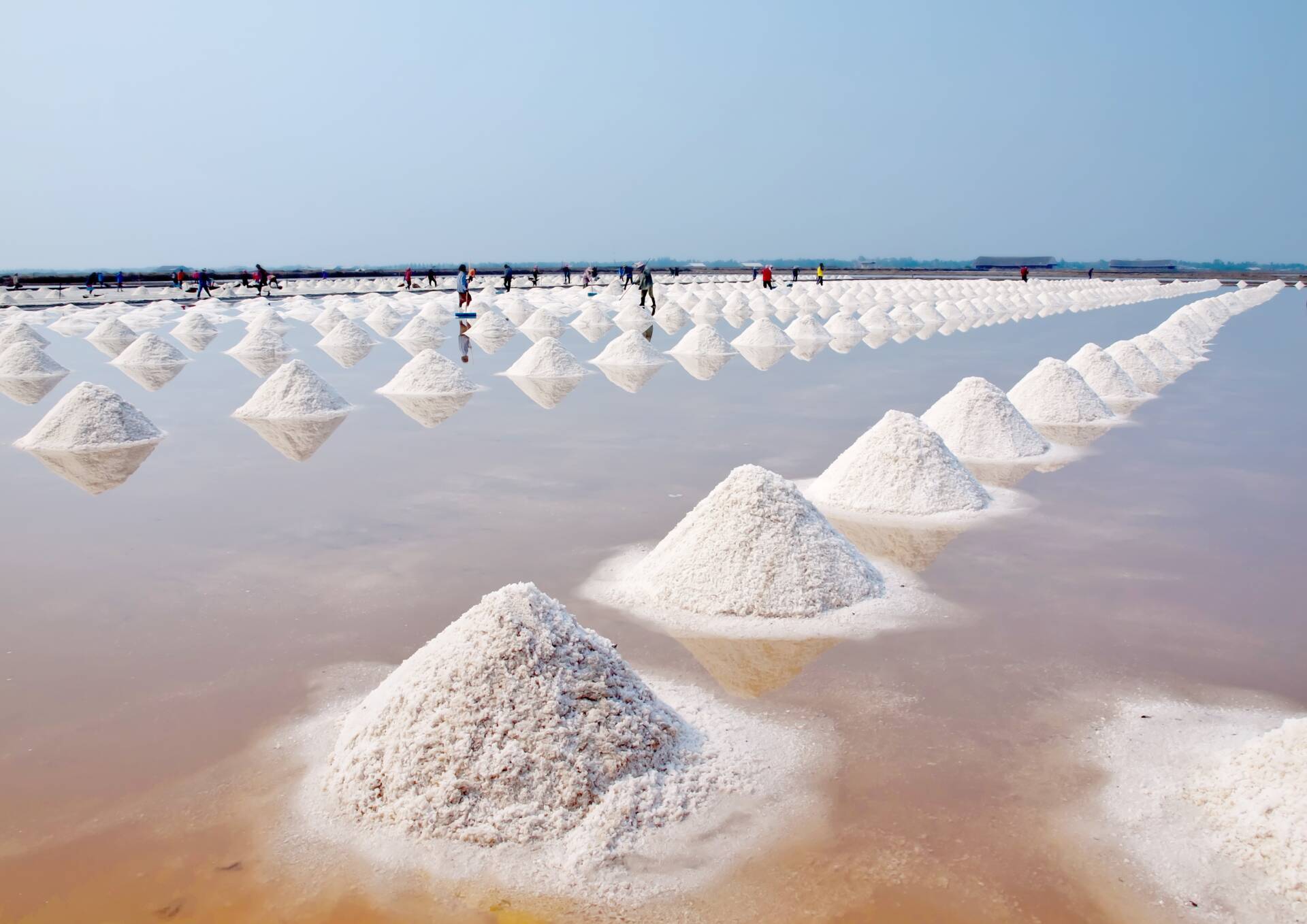
Industrial salts are frequently employed as de-icing agents on sidewalks, platforms, and roadways. The freezing point can be lowered by industrial salts, which melts the ice. It holds the second-largest market share for industrial salts overall. The salt used for de-icing is of the lowest grade and contains more contaminants than grades used for other purposes. Because there are chilly climates everywhere, industrial salts are used as a cost-effective de-icing solution. The aforementioned uses are anticipated to offer a wealth of growth prospects for the industrial salts market.
Contents of Project Report
A project report helps you identify whether a project is worth pursuing. It presents the holistic view and brings complete insight of the business and its activity.
It acts as a guide for all the business operations, aids in taking all financial decisions related to the existing businesses and to the start-ups. It serves as roadmap to the business and provides information to the outsider who are wanting to know more about the business.
You will have the opportunity to build new goals and expansion ideas in one single document. Everyone, from the banks to potential investors, will need to have a look at the project report before they shell out any money.
A well drafted project report generally consists details about:
- Brief History of the Business
- The Promoters
- SWOT Analysis
- Industry Outlook
- Past Financial Statements
- Projected Financial Statements
- Infrastructure and Human Resource required
- CMA data
- Business model
- Requirement of Working Capital Funds
- Means of Finance
Other relevant information, if any.
